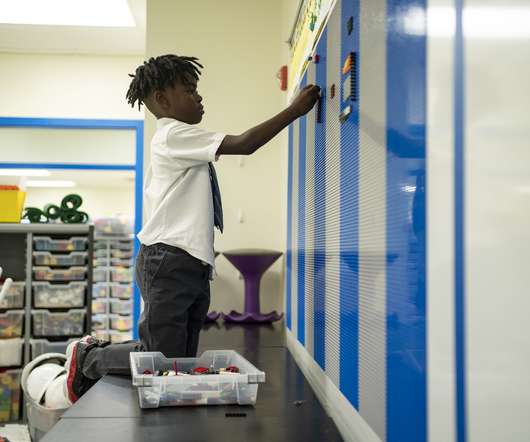U.S. K-12 Educational Technology Policy: Historical Notes on the Federal Role
Doug Levin
APRIL 21, 2016
FY 2001: $450,000,000. Legislative Authorization: Title II, Part D (Sections 2401-2422) of the No Child Left Behind Act of 2001. This change remained in appropriations language from FY 2007 through FY 2011. FY 2007 $273,100,000 (President Bush’s request: $0). FY 1998: $425,000,000.

















Let's personalize your content